
Category: mathematics


AIMS takes Africa on a quantum leap into science
AIMS contributes to this by having created a network across the continent via its various centres in South Africa (initially founded in Cape Town in 2003), Senegal, Ghana, Cameroon, Tanzania, and now Rwanda. It not only educates but it also actively promotes mathematics and science in Africa in various effective ways, some of which we will cover below. It is essentially creating a pool of excellent African mathematicians and scientists who will (in turn) apply solutions to our continent’s challenges. Yes, many of them actually stay here.
AIMS’ new centre in Rwanda offers a model many of our organisations, and many entrepreneurs, can follow. It’s an exciting endeavour creating a quantum leap for the continent. But it should also make us ask hard questions about what we deem important and what we talk about.
As soon as I touched down at Kigali International Airport, Rwanda, I could feel something phenomenal was in the air. Perhaps it was because people kept telling me that Kigali is a true African city, or perhaps it was the sheer amount of beauty of Rwanda — an African nation with its own, unique African identity — or perhaps it was the amazing innovation and technology I encountered from touchdown (free Wi-Fi on the bus, MTN tap-and-go payments, and more) right to where I was going: The African Institute of Mathematical Sciences (AIMS).
After having received an invite to attend the launch of the new AIMS in Rwanda, I was pretty excited, and I must say it is truly impressive. And best of all, it’s truly Pan-African. It inspired me in ways I didn’t imagine, but also made me ask some hard questions of what it is we prioritise in our media conversations. I left asking: why on earth are we not talking more about this sort of thing?
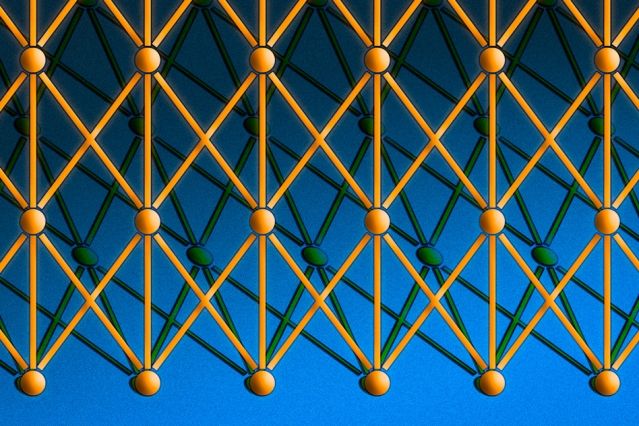
Neural networks explained
In the past 10 years, the best-performing artificial-intelligence systems—such as the speech recognizers on smartphones or Google’s latest automatic translator—have resulted from a technique called “deep learning.”
Deep learning is in fact a new name for an approach to artificial intelligence called neural networks, which have been going in and out of fashion for more than 70 years. Neural networks were first proposed in 1944 by Warren McCullough and Walter Pitts, two University of Chicago researchers who moved to MIT in 1952 as founding members of what’s sometimes called the first cognitive science department.
Neural nets were a major area of research in both neuroscience and computer science until 1969, when, according to computer science lore, they were killed off by the MIT mathematicians Marvin Minsky and Seymour Papert, who a year later would become co-directors of the new MIT Artificial Intelligence Laboratory.
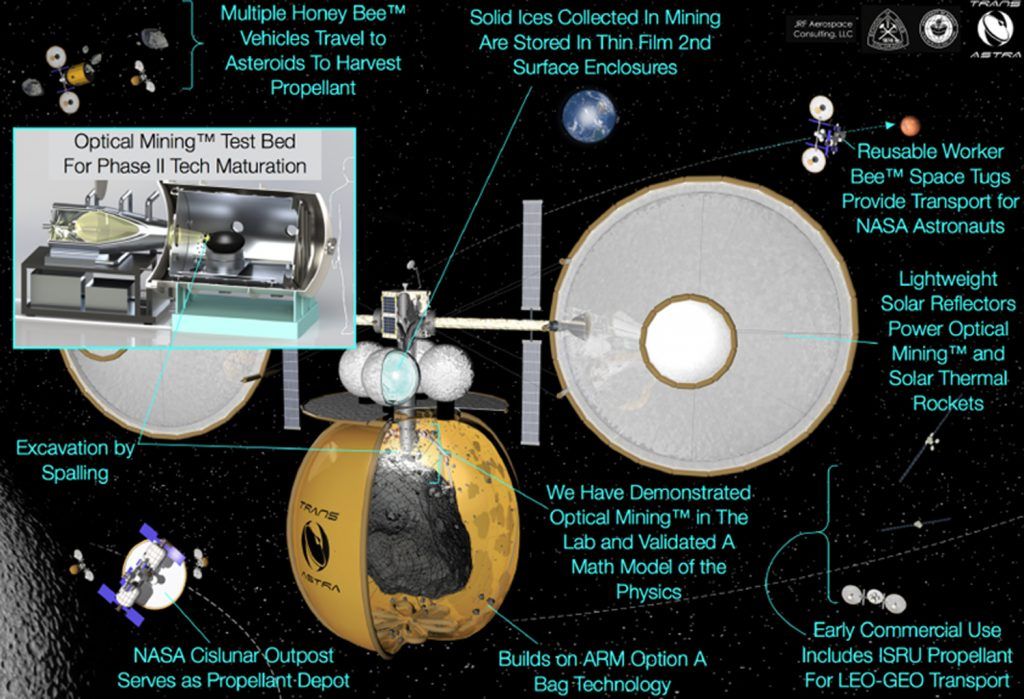
Affordable deep space missions using asteroids
Phase 1 work demonstrated Optical Mining in the laboratory and performed mission and systems analysis of the application of Optical Mining to human exploration missions. Their mission analysis showed that the most accessible Near Earth Objects (NEOs) can be used to provide NASA with mission consumables for human exploration in deep space with the potential of saving up to $10 billion per year or $150 billion over the 15 year operational life cycle of a human exploration program. This savings alone would be enough to transform NASA’s vision of human exploration from being unaffordable to being affordable within budgets that Congress can approve. Phase 1 technical work included a full scale (8 kW) Optical Mining demonstration using a high fidelity CI-type asteroid simulant in vacuum using sunlight from a 10 meter diameter solar concentrator without mechanical contact or downforce. This work confirmed our physics based mathematical model of the excavation and volatile extraction process and scalability of results from 36 prior, small scale (≈ 1 cm diameter) demonstrations and tests.
Phase 2 work will complete mission and system analysis of the application of Optical Mining to an exciting program of human exploration and we will mature the technology of Optical Mining to the point at which NASA can baseline this approach for an affordable program of human exploration. Our mission studies will address the production via Optical Mining missions to extract and retrieve resources, consumable processing, storage, and application of consumables to human exploration mission in cislunar, NEO and Martian space. The mission studies will be tightly coupled with our laboratory work. Laboratory work will include the development and integration of a 30 kW Optical Mining test apparatus in our laboratory and integration with our high quality vacuum chamber for a test program involving Optical Mining.

We May Be Able to Build a Rocket That Can Go 99.999% the Speed of Light
Theoretical physics often lifts the sanctions we set on our own imaginations. Whether it’s exploring the possibility of warp drives or understanding the rate of the universe’s expansion, we are quick to explore the unknown on our chalkboards until our tech is ready for our ideas.
In a similar deep-dive into the theoretical, a Norwegian professor argues in the journal Acta Astronautica for the of possibility of photon rockets that can reach 99.999 percent of the speed of light (300,000 km/s [186,000 mph]); asserting that, while humanity can’t do it anytime soon, we could potentially build a spacecraft that falls just short of the ultimate speed limit sometime in the future when the necessary technology is feasible.
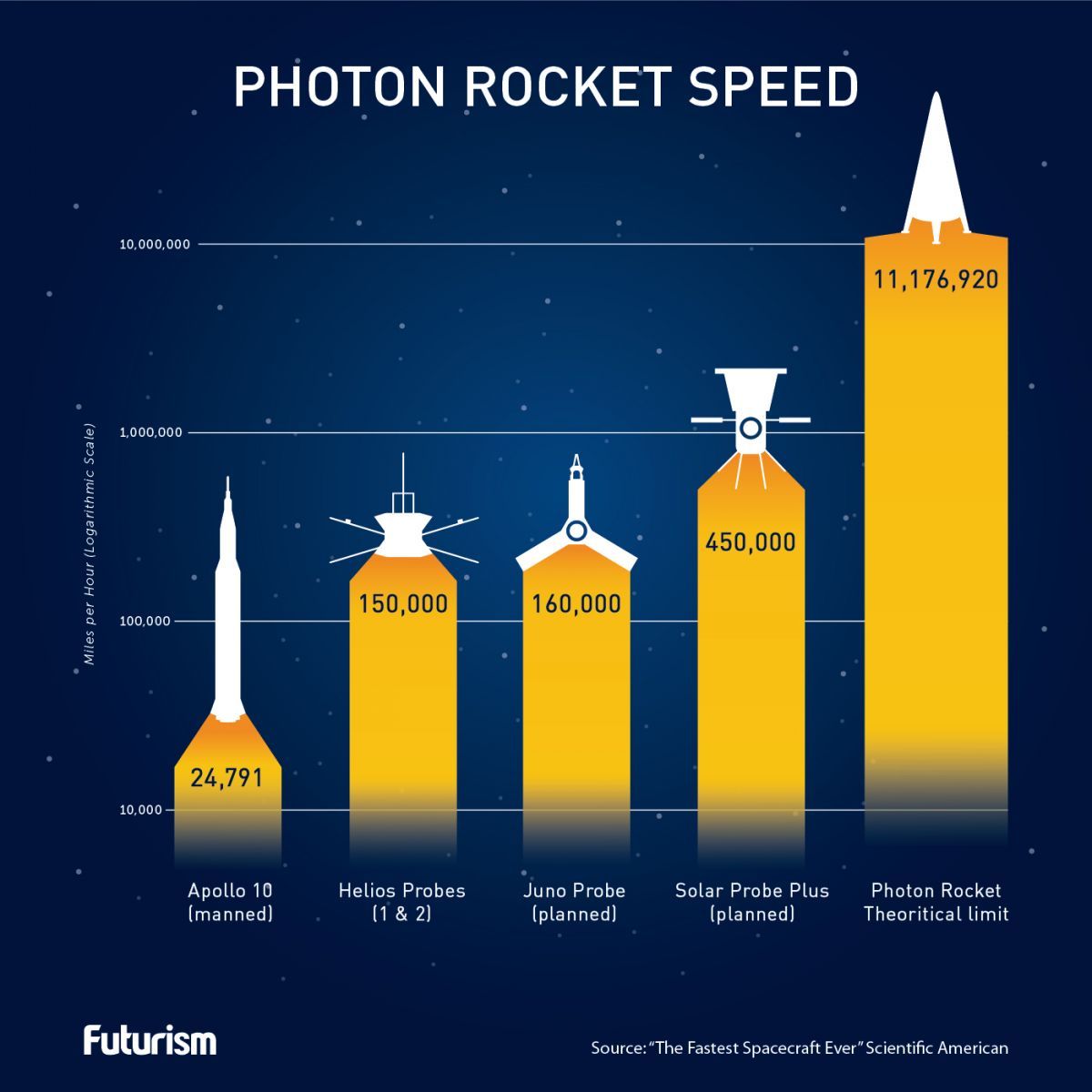

The Most Beautiful Equation in Math
Happy Pi Day from Carnegie Mellon University! Professor of mathematical sciences Po-Shen Loh explains why Euler’s Equation is the most beautiful equation in math. The video was filmed as part of a pi and pie discussion with CMU alumna, baker and blogger Quelcy Kogel (A 2007). For more: https://youtu.be/2sC1-DXT9Oo
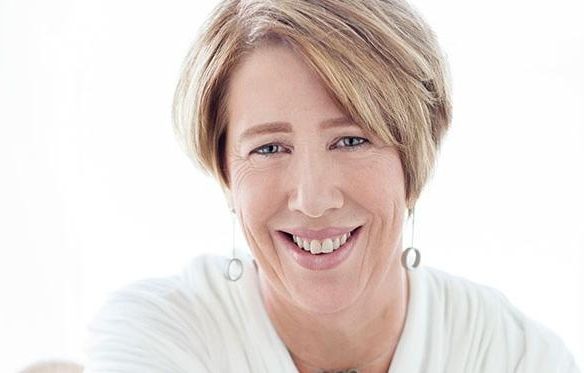
Why Mary Lou Jepsen Left Facebook: To Transform Health Care and Invent Consumer Telepathy
“Yep, transforming health care and telepathy, those are the items on her to-do list. Jepsen plans to achieve both goals with a cheap wearable device that her engineers are now tinkering with in the lab. And then there’s the side benefit of reinvigorating the tired consumer electronics industry, which Jepsen thinks is due for the next big thing.
Jepsen was at SXSW to give a talk about Openwater, her new startup. While the company is still conducting R&D to decide on its first products, Jepsen feels the need to speak out now about what she’s building and how she thinks her technology could radically change society. She wants to give people fair warning and time to think about what’s coming. “I know it seems outlandish to be talking about telepathy, but it’s completely solid physics and mathematical principles—it’s in reach in the next three years,” she says.
Plus, she’s sick of stealth mode. “I haven’t been able to to talk about what I’ve been doing for five and half years while I was at Google and Facebook, and I don’t think secrecy is useful,” she says. She left Facebook in August, and in September she filed patents for her Openwater technology, which she expects to be issued any day now.

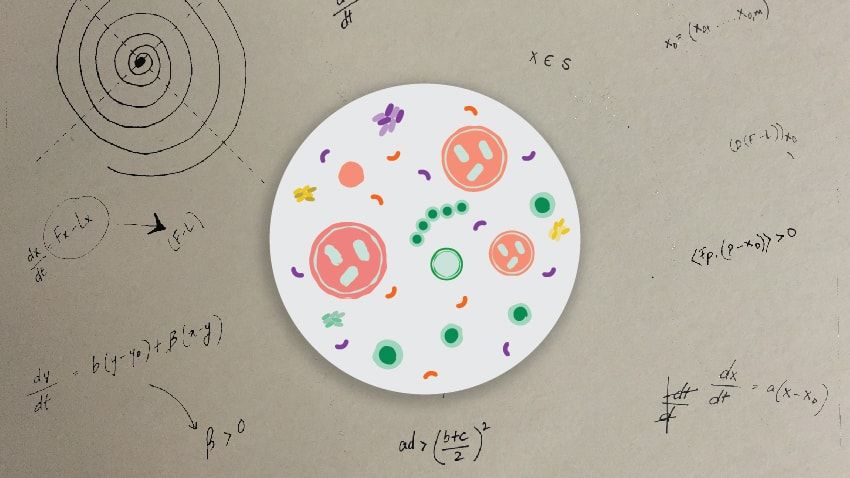
Can math help explain our bodies—and our diseases?
What makes a cluster of cells become a liver, or a muscle? How do our genes give rise to proteins, proteins to cells, and cells to tissues and organs?
The incredible complexity of how these biological systems interact boggles the mind—and drives the work of biomedical scientists around the world.
But a pair of mathematicians has introduced a new way of thinking about these concepts that may help set the stage for better understanding of our bodies and other living things.

Hard drives of the future could be made of DNA
Our data-driven society is churning out more information than traditional storage technology can handle, so scientists are looking for a solution in Nature’s hard drive: DNA. A pair of researchers at Columbia University and the New York Genome Center recently wrote a full computer operating system, an 1895 French film, an Amazon gift card and other files into DNA strands and retrieved them without errors, according to a study published in the latest edition of Science.
There are several advantages to using DNA. It’s a lot smaller than traditional media; a single gram can fit 215,000 times more data than a one terabyte hard drive, The Atlantic notes. It’s also incredibly durable. Scientists are using DNA thousands of years old to de-extinct wooly mammoths, for example. But, until now, they’ve only unlocked a fraction of its storage capacity. Study coauthors Yaniv Erlich and Dina Zielinski were able to fit the theoretical maximum amount of information per nucleotide using a new method inspired by how movies stream across the internet.
“We mapped the bits of the files to DNA nucleotides. Then, we synthesized these nucleotides and stored the molecules in a test-tube,” Erlich explained in an interview with ResearchGate. “To retrieve the information, we sequenced the molecules. This is the basic process. To pack the information, we devised a strategy—called DNA Fountain—that uses mathematical concepts from coding theory. It was this strategy that allowed us to achieve optimal packing, which was the most challenging aspect of the study.”